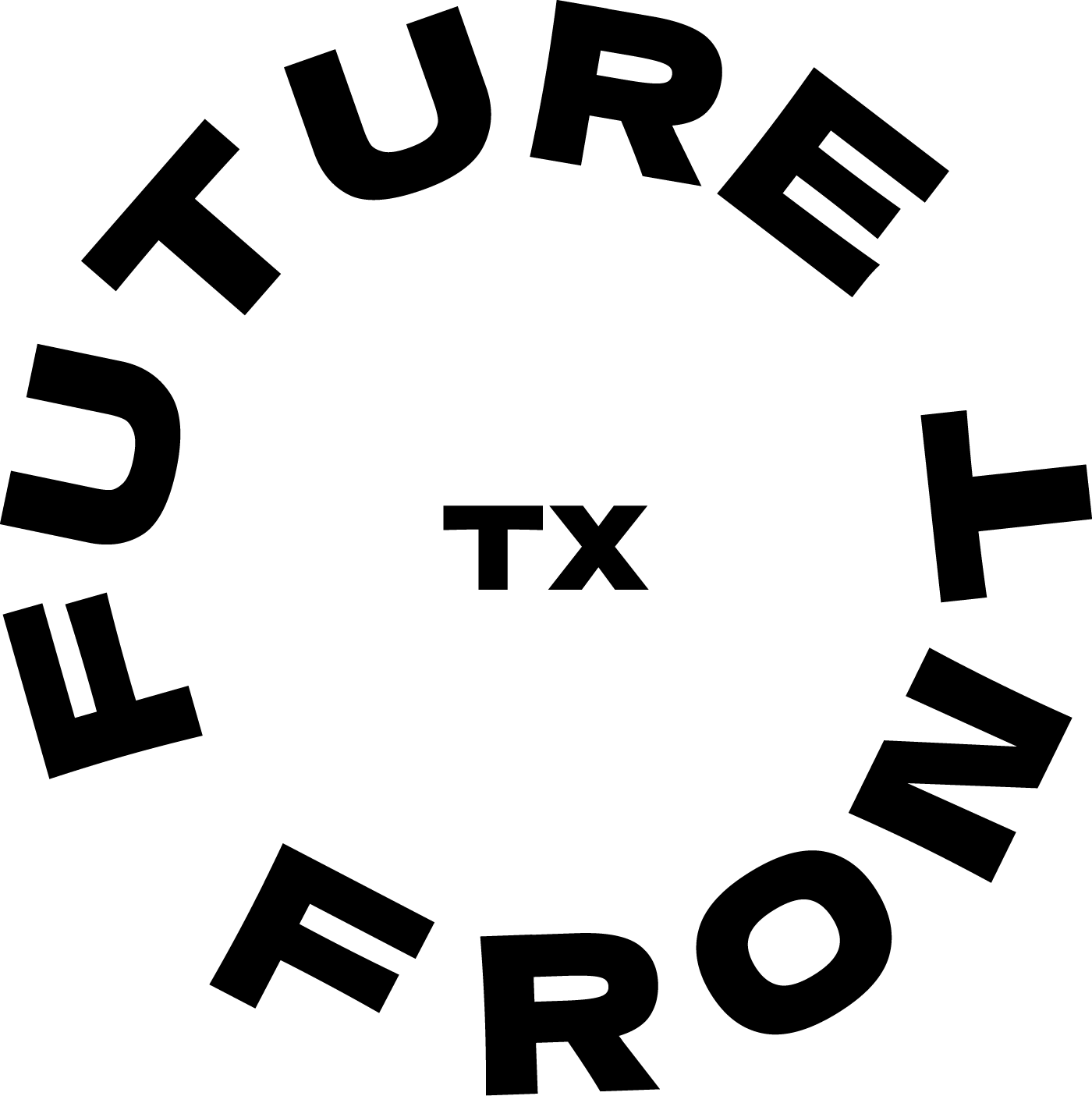On Collaboration: How Can We Start And Sustain Healthy Professional Relationships?
How do we reject cultures of comparison and approach collaboration? How do we protect our own energy as we navigate opportunities, success and failures? What emotional and practical tools are necessary to start and sustain a successful collaboration?
In this guide, we share some of the key questions and takeaways on collaboration that have been shared at bbatx events and workshops over the years.
Here are a few things to consider when collaborating with someone else:
1.) Do you share the same goals and values?
You want your collaborator to complement your skills (and vice versa), but you want to work around a common goal. When starting a collaboration, sit down to talk through your mission for the project and values. This will help you both understand why you’re working on this project and what will motivate your decision-making.
2.) Do you have a plan and/or a schedule of responsibilities?
It’s easy to start a collaboration if you don’t have anything written down—then there’s no way for you (or your collaborator) to hold each other accountable. When starting a collaboration, make sure you and your collaborator sit down to talk through your shared goals and values. You’ll also want to identify the scope of each other’s roles and ensure each party is clear on their responsibilities. It helps to have these things written down in a place where both parties can revisit (like a Google Doc), and it never hurts to draw up a contract defining your working relationship (one that includes an exit strategy if things go wrong, etc.).
3.) Do you have a budget? And do both sides know what’s financially at stake for the other?
We’ve all got limited resources and lives to live, so every collaboration needs a budget—whether you’re looking at money, time, energy or working hours. Writing out a budget is also a good time to identify risks. A collaboration can easily go sour if one party’s got a lot on the line and the other doesn’t.
4.) Who will move the ideas from conversation to paper to reality?
Communication is difficult! That’s why taking notes at meetings and ensuring that conversations become recaps and/or next steps is important. By writing things down, you’re giving your collaborator the opportunity to check your work and vocalize whether or not you’re on the same page. Within your collaboration, make sure someone (or both parties) are responsible for turning conversations into deadline-oriented action items. We suggest keeping all of your action items S.M.A.R.T. (Specific, Measurable, Achievable, Relevant and Time-bound).
5.) Who will ensure deadlines are met?
It’s difficult to hold each other accountable to deadlines, but pointing out when something was not turned in or completed on time helps keep the project moving. Make sure both parties are comfortable communicating about deadlines and taking responsibility when things are late or don’t go as planned.
6.) Who will update your shared roles and responsibilities as things change and how are these updates communicated?
As your project grows and shifts, your collaboration may grow and shift as well. When projects scale, roles can completely change, too. This is normal. Carve out time to reassess roles as necessary and update your timelines and schedules of responsibility accordingly. Make sure that these changes are communicated in a way that works for both parties.
7.) Does your collaboration require externally communicating with clients, customers and/or other team members? If so, who is responsible for communicating what you accomplish to the rest of the team or to your audience?
Telling the story of your collaboration is important. You want to be prepared to answer external questions and give credit where credit is due. Chat this over with your collaborator, so you’re both ready to communicate about the work with others.
8.) And last but not least—do you trust your collaborator to do the work, communicate with you and be honest?
If the answer’s no, then you need to hit the drawing board. Why do you want to work with this person? Are you in a position to collaborate?
Are you already in a collaboration that may be headed in an unhealthy direction? Use these questions as an exercise to determine your next steps.
1.) Where are you currently struggling and why might that be?
2.) Where are things running smoothly and why might that be?
3.) Is there mutual trust?
4.) Does the project have any written notes, contracts, a plan, a schedule of responsibilities?
5.) Are there skills required for this collaboration that you are still developing?
6.) Are you upholding your end of the collaboration?
7.) What do you want/need to make the collaboration better?
8.) Does the collaboration still align with your goals?
9.) Considering your needs, your resources and the state of the collaboration, what can you reasonably do next?
Want to explore collaboration and working relationships a little deeper? Check out bbatx’s workshops and learn more about our biannual WORK conference.
This blog post was written and compiled by Jane Hervey, thanks to notes by Deeksha Srinath and Hannah-Nisha Haggerty from our Alone, Together: A Workshop on Collaboration event on May 4, 2019.

